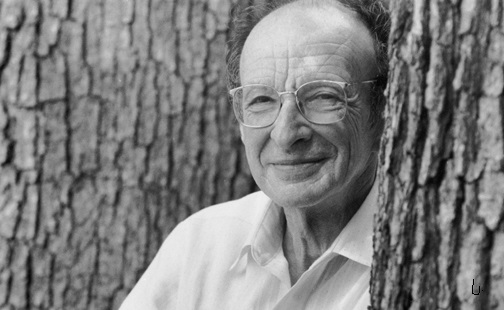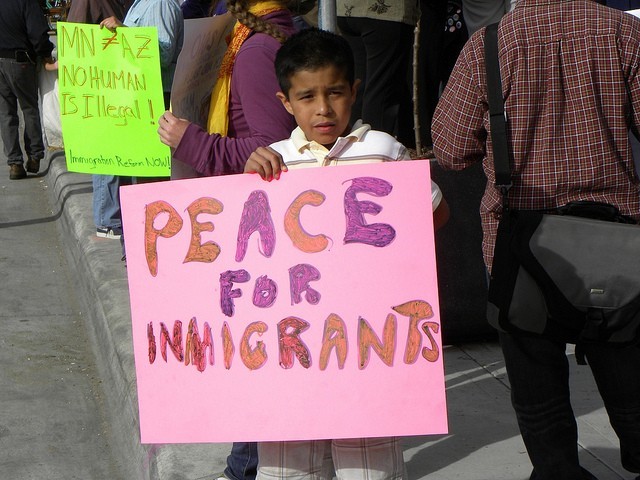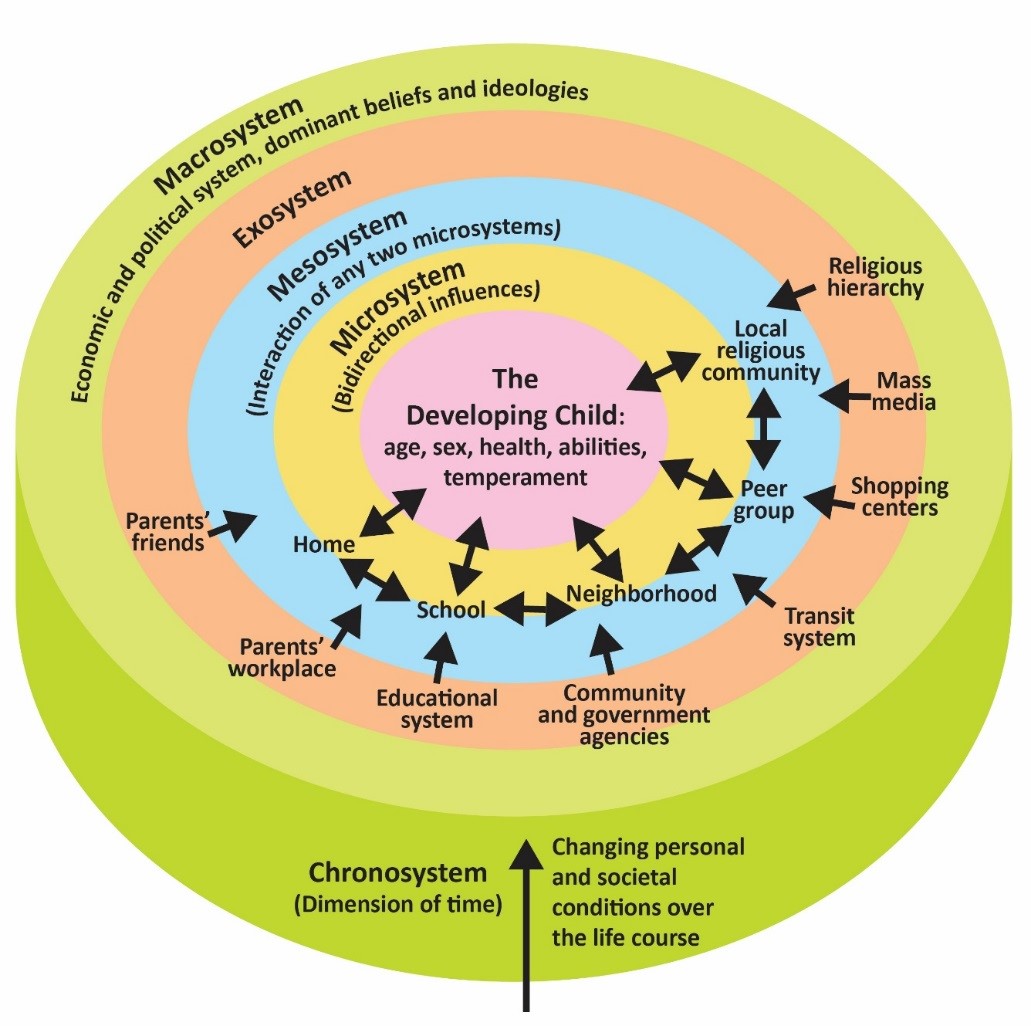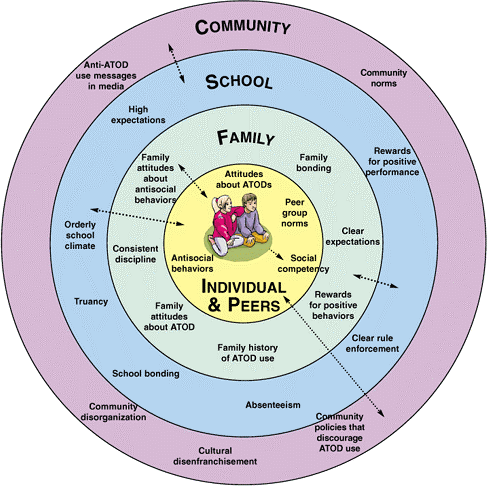2.11: Bronfenbrenner and Ecological Systems
- Page ID
- 180191
Like Vygotsky’s, Bronfenbrenner looked at the social influences on learning and development. Urie Bronfenbrenner (1917-2005) offers us one of the most comprehensive theories of human development. Bronfenbrenner studied Freud, Erikson, Piaget, and learning theorists and believed that all of those theories could be enhanced by adding the dimension of context. What is being taught and how society interprets situations depends on who is involved in the life of a child and on when and where a child lives.

Bronfenbrenner’s ecological systems model explains the direct and indirect influences on an individual’s development.
|
Name of System |
Description of System |
|---|---|
|
Microsystems |
Microsystems impact a child directly. These are the people with whom the child interacts such as parents, peers, and teachers. The relationship between individuals and those around them need to be considered. For example, to appreciate what is going on with a student in math, the relationship between the student and teacher should be known, but also the relationship between the parent and student. |
|
Mesosystems |
Mesosystems are interactions between those surrounding the individual. The relationship between parents and schools, for example will affect the child. |
|
Exosystem |
Larger institutions such as the mass media or the healthcare system are referred to as the exosystem. These have an impact on families and peers and schools who operate under policies and regulations found in these institutions. |
|
Macrosystems |
We find cultural values and beliefs at the level of macrosystems. These larger ideals and expectations inform institutions that will ultimately impact the individual. |
|
Chronosystem |
All of this happens in an historical context referred to as the chronosystem. Cultural values change over time, as do policies of educational institutions or governments in certain political climates. Development occurs at a point in time. (Consider the idea of cohort differences mentioned in the section on issues in development) |
For example, in order to understand a student in math, we can’t simply look at that individual and what challenges they face directly with the subject. We have to look at the interactions that occur between teacher and child. Perhaps the teacher needs to make modifications as well. The teacher may be responding to regulations made by the school, such as new expectations for students in math or constraints on time that interfere with the teacher’s ability to instruct. These new demands may be a response to national efforts to promote math and science deemed important by political leaders in response to relations with other countries at a particular time in history.

With its focus on interaction within multiple environments, the human ecology framework is an incredibly useful lens to employ cross-cultural contexts such as when considering immigrant families. For example, a researcher could ask, “How do Hmong immigrant families manage financial resources in their new environment in the United States?” and “How did Hmong families manage their financial resources while still living in Laos?” The assumptions and central concepts of human ecology theory would apply equally in either culture. The needs, values, and environment would be sensitively identified within each culture.[2]


Main Points about Bronfenbrenner
After studying all of the prior theories, Bronfenbrenner added an important element of context to the discussion of influences on human development.
- He believed that the people involved in children’s lives and when and where they live are important considerations.
- He created a model of nested systems that influence the child (and are influenced by the child) that include: microsystems, mesosystems, the exosystem, macrosystems, and chronosystems.
Attributions:
Child Growth and Development by Jennifer Paris, Antoinette Ricardo, and Dawn Rymond, 2019, is licensed under CC BY 4.0
[1] Image by Marco Vicente González is licensed under CC BY-SA 4.0
[2] Solheim, C. A., & Yang, P. N. D. (2010). Understanding generational differences in financial literacy in Hmong immigrant families. Family and Consumer Sciences Research Journal 38(4), 435-454.
[3] Image by Ian Joslin is licensed under CC BY 4.0
[4] Children’s Development by Ana R. Leon is licensed under CC BY 4.0

